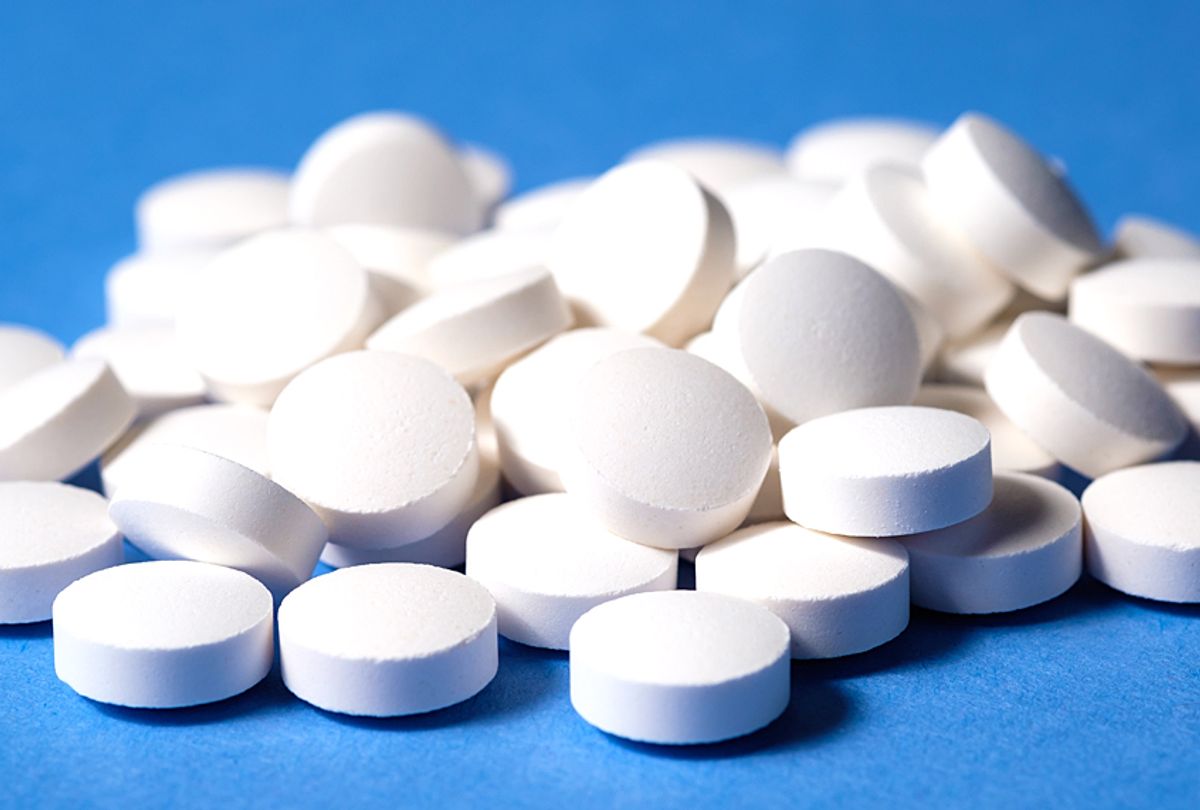Aside from the usual bluster to which we have become accustomed to from President Trump, this week’s press conference on the opioid crisis contained a variety of proposed ways to address the issue, some promising and some not. A longtime clinician on the front lines of the larger drug epidemic in this country, I noted at least 13 different proposals which deserve serious scrutiny as we deal with an unprecedented public health issue in this country. In order for the president’s proposal to have a chance of being successful, he needs to address the problem for what it is: a public health emergency, rather than a political issue.
One cannot avoid the grisly statistics about the epidemic that continue to emerge: more than 64,000 overdose deaths in the U.S. in 2016, the large majority of which involved opioids, and a higher number expected when the final count is in for 2017. Stunningly, reports indicate that life expectancy rates in the U.S. have actually dropped for the past two years, which experts attribute to the overdose death phenomenon. And overdose deaths have now surpassed causes such as motor vehicle accidents and firearms among the leading causes of death in this country.
Effectively addressing a problem this large is expensive, which is why many were glad to hear that $6 billion in new funding would be made available in 2018-19. Clearly, this would be a huge step in the right direction, but the president did not offer details on how the money would be made available, for what programs, and what the priorities would be — making it difficult to evaluate the extent of its merit.
Several other specific initiatives bear promise and should be pursued. Ideas such as drug take-back days; enhanced treatment, such as “medication-assisted” treatment, which incorporates medications such as buprenorphine, naltrexone and methadone into traditional addiction treatment; increased first responder access to overdose reversals drugs such as naloxone; eliminating an arbitrary and obsolete Medicaid rule on treatment center size; and supporting inmates in their return to society by offering treatment and jobs. All are concrete ways to stem the tide and solve the current crisis. Hearing Trump advocate for a sensible policy on re-entry for those leaving prison and extolling their virtues as workers was both encouraging and highly ironic given his usual tough-on-crime rhetoric, but if we are to work together toward tangible solutions, we must tolerate and even embrace such thinking regardless of irony or inconsistency with previous statements.
Other important and promising efforts were not mentioned in Trump’s plan, most notably programs that many states have put in place to address the practice of overprescribing by physicians through prescription monitoring programs. Many have demonstrated successes. In fact, early data from my home state of Virginia indicate significant reductions in opioid prescriptions and doses as Virginia’s Prescription Monitoring Program has been implemented.
Yet, despite all the assuring ideas for addressing the opioid epidemic, there were other highly controversial ideas that dominated many of the headlines. While some of this is expected (both of political events in general, and of Trump in particular), there is danger in thinking things like instituting the death penalty for so-called “drug dealers” will help save lives. The unfortunate reality is that opioids are distributed in a highly complex web, in our cities, towns and neighborhoods — and even, unfortunately, from pharmacies and doctors’ offices. The fabled “kingpins” are elusive and highly protected, with many others waiting to take their place. The massive resources devoted to tracking them down, prosecuting them, and carrying out the death penalty would be better directed toward the efforts noted above — as part of a strategy to address a public health crisis, not a criminal justice or immigration one. Likewise, “building the wall” would not be an effective way to address the issue at hand, and is little more than political grandstanding at such a crucial time for our nation.
Finally, comments such as the repeated “Don’t send it,” (referring to the deadly drug fentanyl, which has been associated with thousands of overdose deaths) directed toward drug dealers in China and Mexico, have no chance of being heard or heeded.
In my work as both as a licensed counselor and educator of counselors-in-training, I have the privilege of seeing people in recovery and those who will work to assist the patients and clients of the future. It was discouraging that "recovery" was not mentioned in the president’s remarks — and yet millions of Americans are in sustained, long-term recovery from addiction and chronic disease. They are emblematic of the success that a public health approach — rather than a criminal justice one — can bring to this problem.

Shares